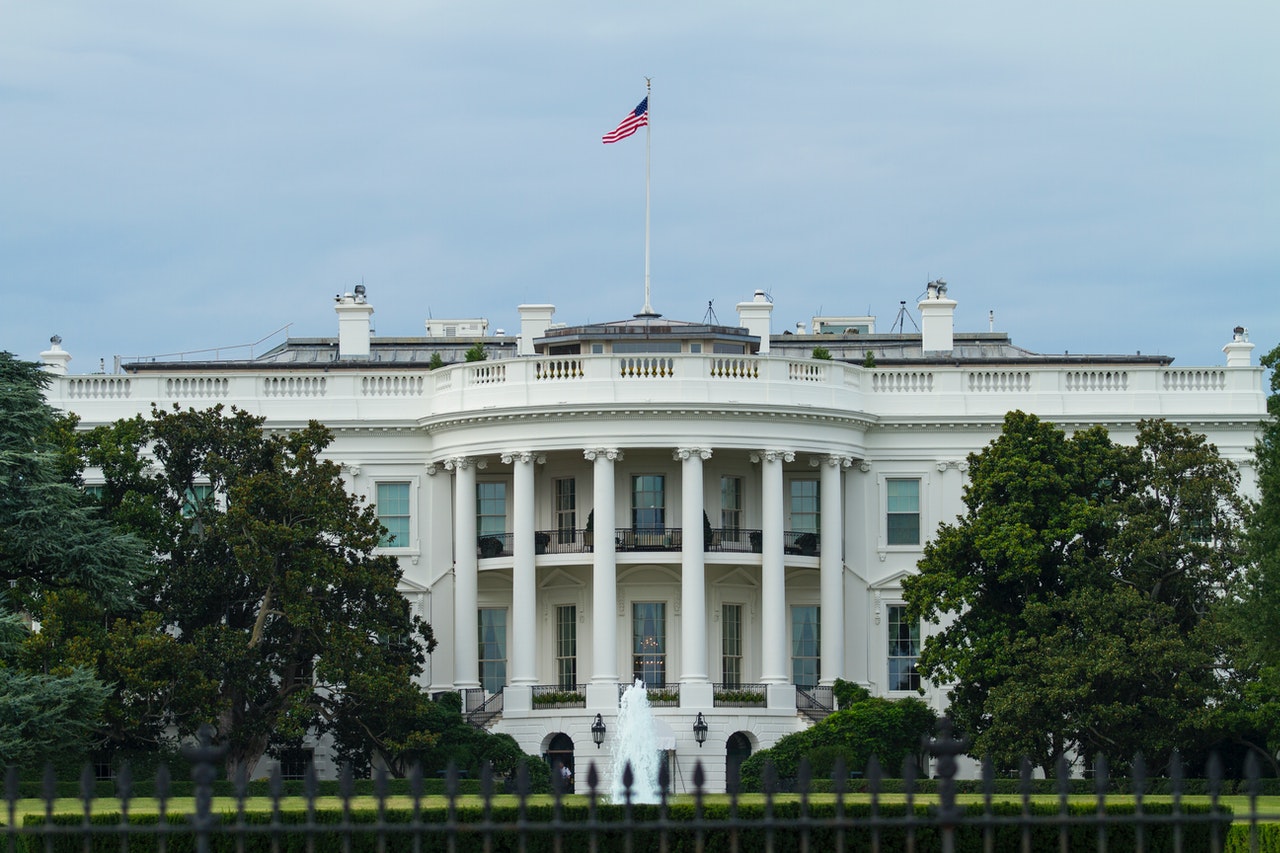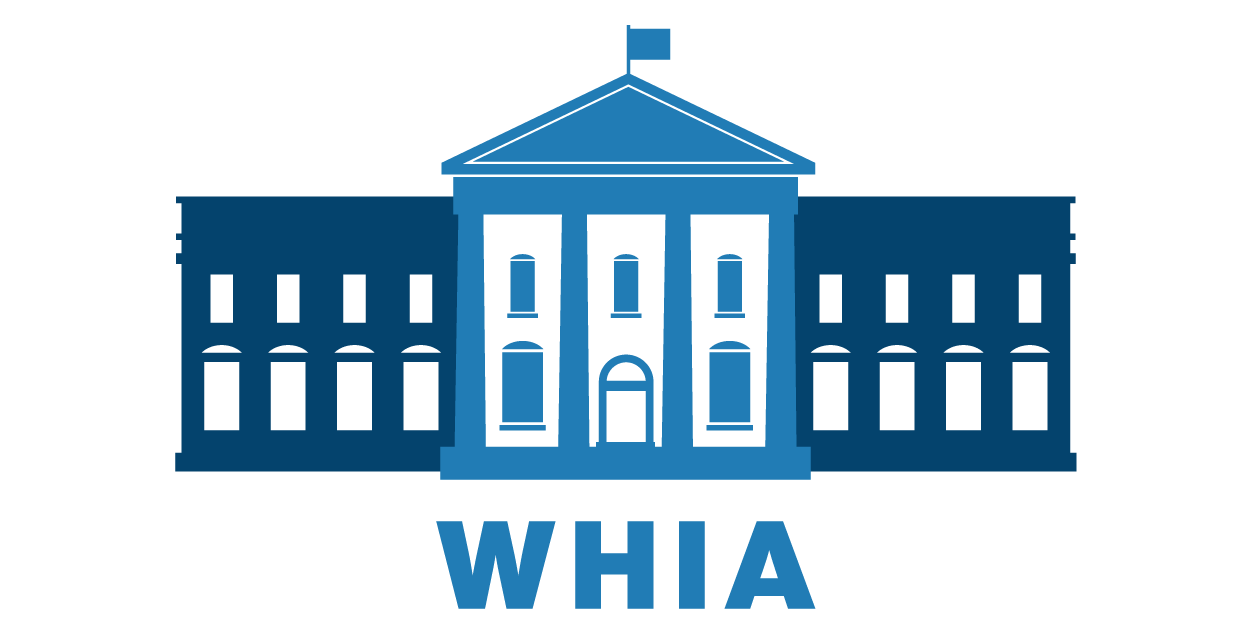
Executive Order to Preserve Certain Afghanistan Central Bank Assets for the People of Afghanistan
OR IMMEDIATE RELEASE
February 11, 2022
FACT SHEET
As part of our ongoing work to address the humanitarian and economic crisis in Afghanistan, President Biden signed an Executive Order (E.O.) to help enable certain U.S.-based assets belonging to Afghanistan’s central bank, Da Afghanistan Bank (“DAB”), to be used to benefit the Afghan people. The E.O. will block property of DAB held in the United States by U.S. financial institutions and require U.S. financial institutions to transfer this property into a consolidated account held at the Federal Reserve Bank of New York. The Administration will seek to facilitate access to $3.5 billion of those assets for the benefit of the Afghan people and for Afghanistan’s future pending a judicial decision.
Many U.S. victims of terrorism, including relatives of victims who died in the September 11, 2001 terrorist attacks, have brought claims against the Taliban and are pursuing DAB assets in federal court. Because some of these plaintiffs currently have writs of execution against the DAB assets, the court will need to issue a further decision regarding the scope of those writs. Even if funds are transferred for the benefit of the Afghan people, more than $3.5 billion in DAB assets would remain in the United States and are subject to ongoing litigation by U.S. victims of terrorism. Plaintiffs will have a full opportunity to have their claims heard in court.
This is one step forward in the United States’ effort to authorize the transfer of a significant portion of the funds to meet the needs of the Afghan people. The E.O. is designed to provide a path for the funds to reach the people of Afghanistan, while keeping them out of the hands of the Taliban and malicious actors. The United States has sanctions in place against the Taliban and the Haqqani network, including for activities that threaten the safety of Americans such as holding our citizens hostage.
While this E.O. will help preserve a substantial portion of Afghanistan’s reserves to benefit the Afghan people, we understand there are no easy solutions for Afghanistan’s economic challenges, which have been exacerbated by the Taliban’s forced takeover of the country:
- Even prior to the events of last August, Afghanistan’s economy was on the brink. Afghanistan faced poverty rates above 50 percent. International donor grants financed about 75 percent of public expenditures and 50 percent of the government’s budget. A two-year long drought had reduced many crops to 40 percent of their usual yields, and Afghanistan had one of the least developed financial systems in the world—with just 10-20% of adults holding bank accounts. Rampant corruption crippled sectors that should have been profitable.
- The Taliban’s forced takeover made the already frail economic situation worse. The IMF estimates that Afghanistan faces an economic contraction of 30%, and many of the senior officials and technical experts needed to provide sound economic management have fled the country as a result of the Taliban’s actions.
- These problems reflect longstanding, structural issues that predated the events of August 2021 and have worsened due to uncertainty and perceived risk surrounding the Taliban’s capacity to run the economy. This includes its ability to implement anti-money laundering measures and measures to counter the financing of terrorism.
Against this challenging backdrop, the United States will continue to work tirelessly with the international community to ensure that humanitarian assistance and other support flows to the people of Afghanistan. Over the past several months, we have acted urgently to support the Afghan people:
- The United States remains the single largest donor of humanitarian aid in Afghanistan. Just last month, the United States announced a new contribution of more than $308 million in humanitarian assistance for the people of Afghanistan and we have provided more than $516 million since mid-August. The humanitarian assistance flows through independent humanitarian organizations and helps provide lifesaving protection and shelter, essential health care, winterization assistance, emergency food aid, water, sanitation, and hygiene services in response to the growing humanitarian needs exacerbated by COVID-19 and healthcare shortages, drought, malnutrition, and the winter season.
- The United States recently provided the people of Afghanistan with one million additional COVID-19 vaccine doses through COVAX, bringing our total donation to 4.3 million doses.
- In December 2021, the United Nations Security Council adopted a resolution championed by the United States to establish a carveout for humanitarian assistance and activities that support basic human needs in the UN 1988 sanctions regime to ensure that urgently needed aid can reach the Afghan people. The United States is also collaborating closely with the United Nations on mechanisms to ensure UN agencies and NGOs have the liquidity needed to support critical humanitarian assistance programs.
- Starting in September 2021, the Department of the Treasury has provided broad authorizations that facilitate the continued provision of aid and support to the Afghan people by NGOs, international organizations, and the U.S. government. In December, the World Food Program, with USAID support, reached 8 million people across Afghanistan with food assistance. This was facilitated by licenses that the U.S. Treasury Department has issued.
- The United States worked closely with the United Nations on the World Bank’s “transfer out” of $280 million in funds from the Afghanistan Reconstruction Trust Fund (ARTF) to UN Organizations. We are proud to be the largest funder of UN operations in Afghanistan and the leading donor to the ARTF.
The United States is committed to supporting the Afghan people and we continue to consider all options available to us to achieve that goal.
